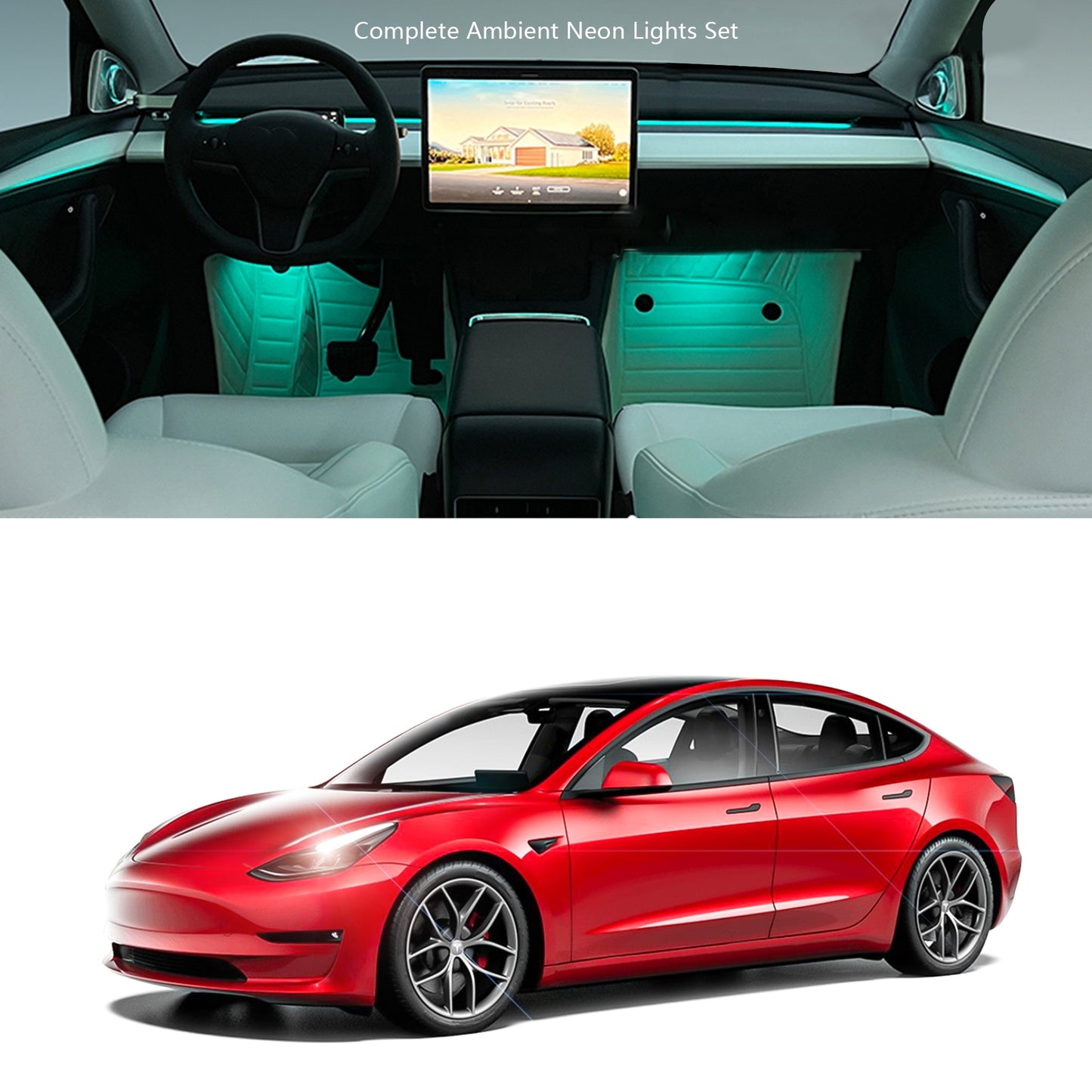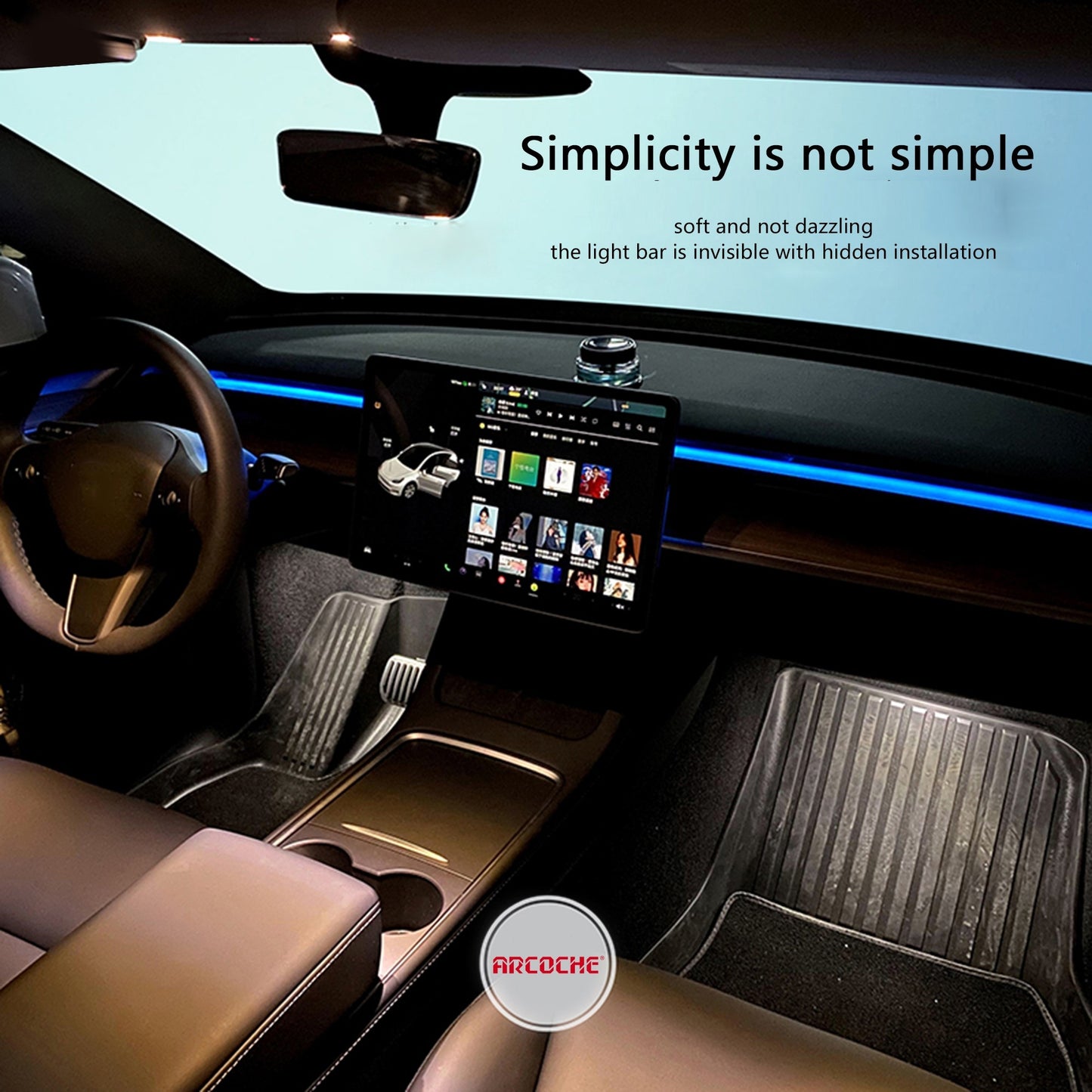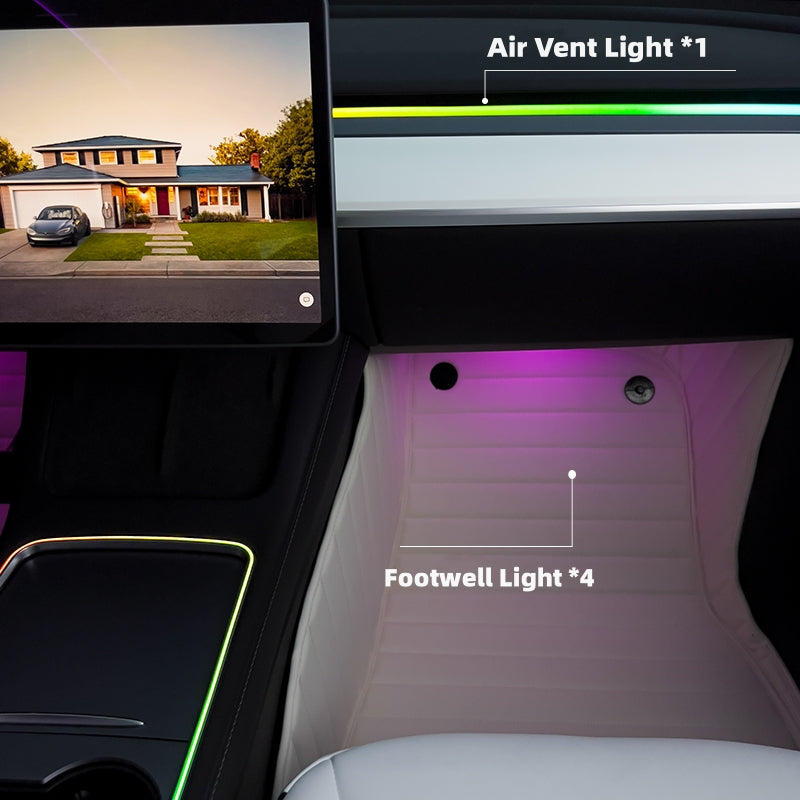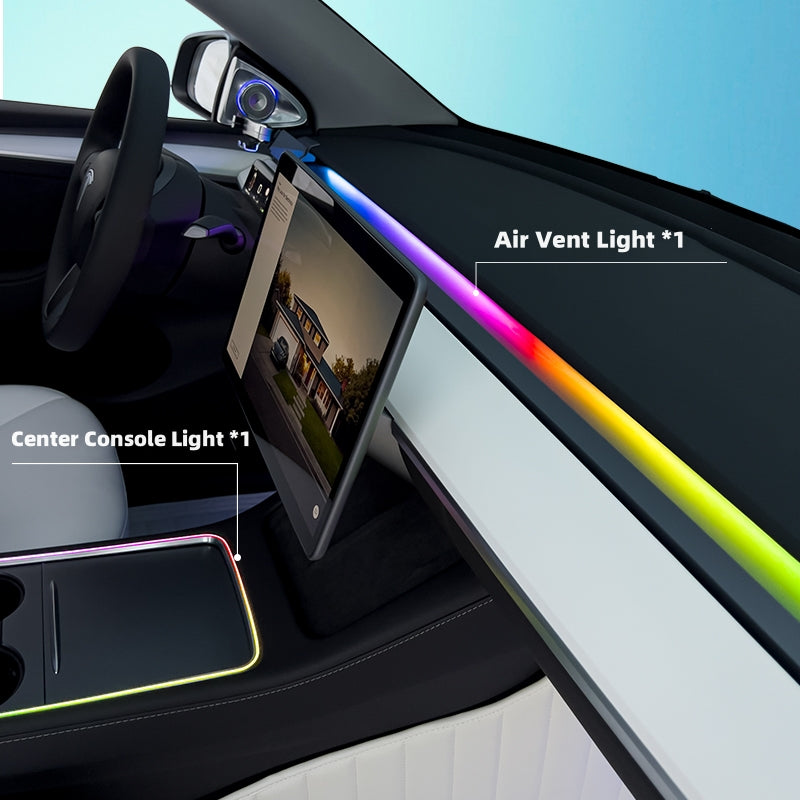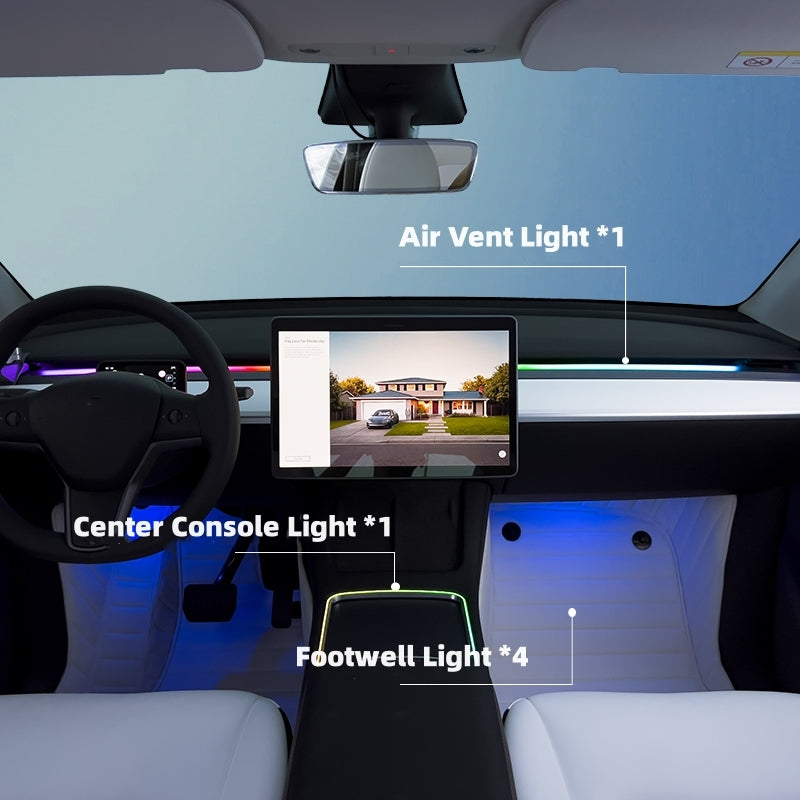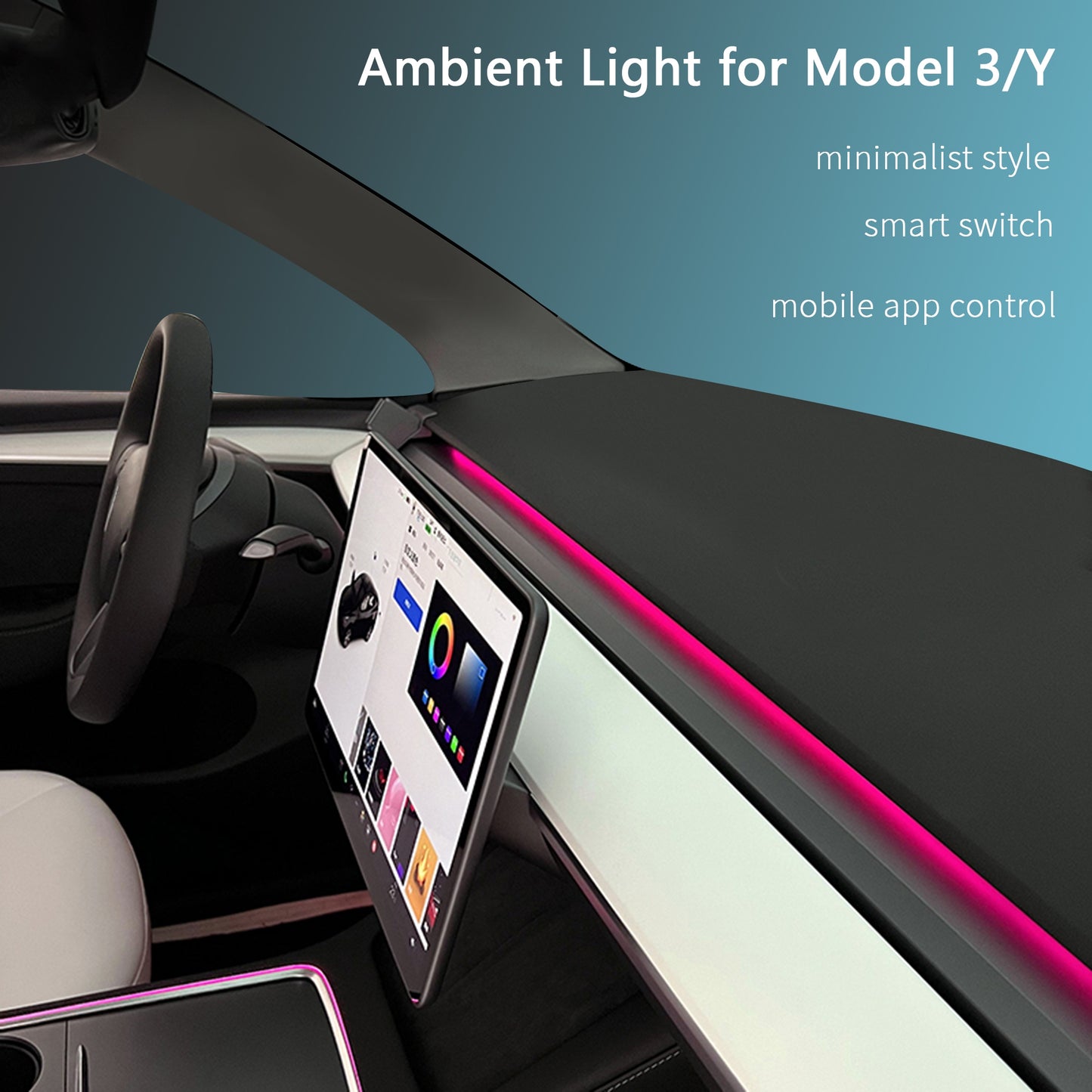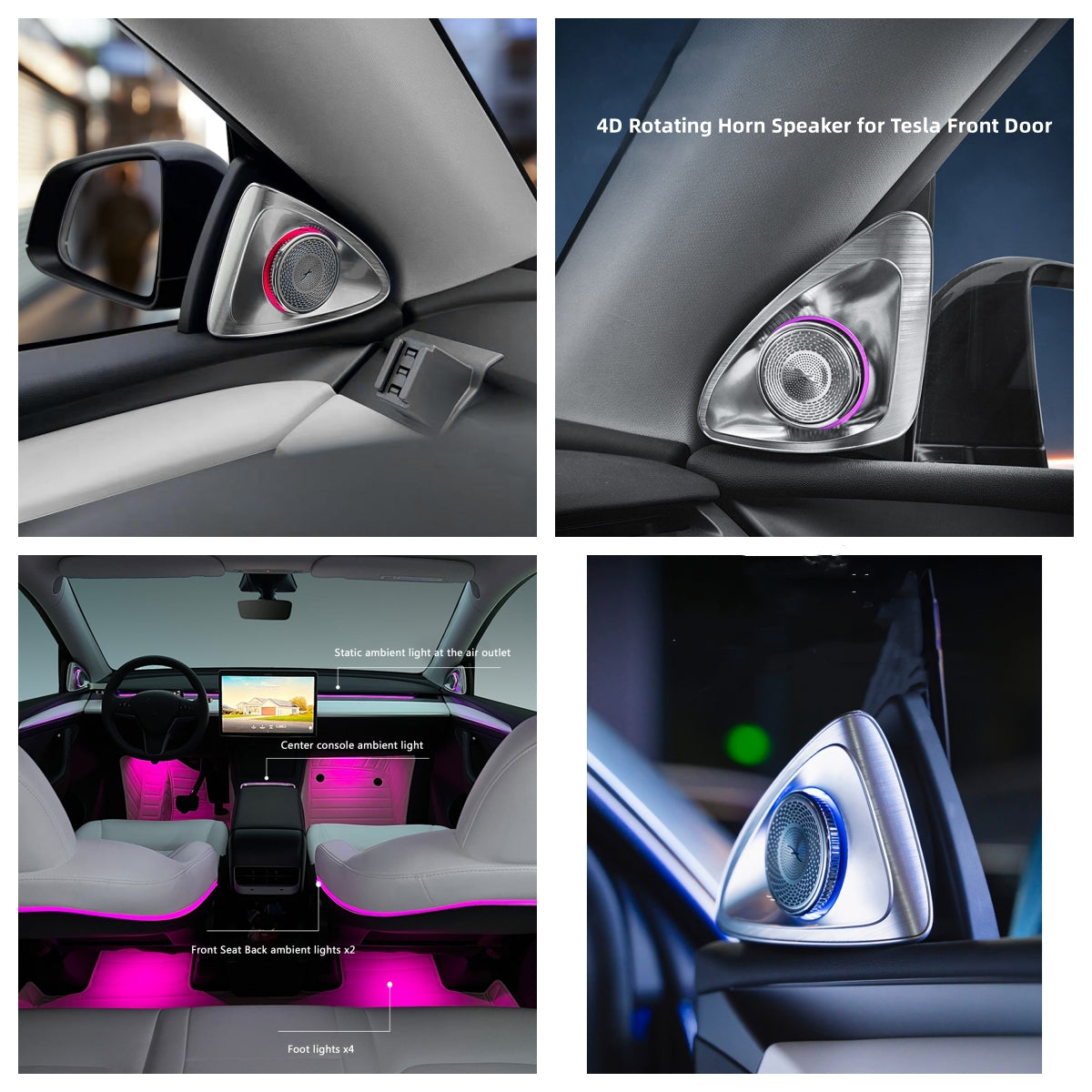
Tesla réglé pour dévoiler quatre nouvelles cellules de batterie d'ici 2026
Tesla se prépare à introduire quatre nouveaux types de cellules de batterie 4680 d'ici 2026, marquant un nouveau bond en avant dans la technologie des batteries qui promet d'améliorer les performances, l'autonomie et l'efficacité de fabrication de toute sa gamme de véhicules électriques.
L'évolution de la cellule 4680
La cellule 4680 représente la prochaine génération d'innovation de Tesla en matière de batterie, conçue pour remplacer les anciennes cellules 2170 présentes dans les véhicules actuels Model 3 et Model Y. Bien que les cellules 2170 aient été affinées au fil du temps, elles ne répondent plus aux exigences des futurs véhicules électriques qui nécessitent une autonomie et une densité énergétique améliorées. La cellule 4680 est la réponse de Tesla à ces défis, offrant une mise à niveau significative.
Les premières tentatives d'utilisation de la batterie 4680 dans le Model Y n'ont pas eu beaucoup de succès, mais avec l'introduction de la Cybercell dans le Cybertruck, Tesla a démontré avec succès son potentiel. En réponse aux retours positifs, Tesla améliore encore la cellule 4680 en utilisant un procédé à cathode sèche, ce qui facilite la fabrication de la cellule et réduit les coûts de production.
Défis de la production
Malgré les promesses de la cellule 4680, la production n'a pas été sans obstacles. Des rapports suggèrent que Tesla a rencontré des difficultés importantes lors des tests de production, avec un pourcentage important de matériaux d'anode mis au rebut. Cependant, grâce à une R&D continue, Tesla a pu surmonter bon nombre de ces problèmes et a récemment démontré le nouveau procédé de cathode sèche dans le Cybertruck.
Actuellement, Tesla produit les cellules 4680 dans son usine de Fremont en Californie, mais elle prévoit d'étendre la production à une nouvelle usine en dehors de Giga Texas. Cette nouvelle usine sera dédiée à la production de la cellule 4680D et, selon Elon Musk, ce changement réduira les coûts de production d'environ 30 %.
Les quatre nouvelles cellules pour 2026
Les quatre nouvelles cellules de Tesla, dont le lancement est prévu en 2026, portent des noms de code intrigants, le premier étant « NC05 ». Bien que « NC » signifie « New Cell », nous nous attendons à ce que Tesla lui donne un nom plus créatif lorsqu'elle sortira de la R&D.
La cellule NC05 devrait être une solution rentable pour le prochain modèle de Tesla à 25 000 $, ainsi que pour le Cybercab, conçu pour séduire le grand public.
Vient ensuite le NC20, conçu pour les véhicules de plus grande taille comme les SUV de Tesla et le Cybertruck. Cette cellule plus grande est optimisée pour le remorquage et la manutention de charges plus lourdes, en particulier dans des conditions difficiles comme le froid extrême.
Les deux derniers, les NC30 et NC50, représentent une rupture significative par rapport aux matériaux de batterie traditionnels. Tesla devrait introduire des anodes en silicium-carbone, qui peuvent stocker et transférer l'énergie beaucoup plus rapidement que les matériaux conventionnels. Cette innovation pourrait conduire à des temps de charge plus rapides et à une augmentation de la production d'énergie.
Le NC30 devrait équiper les futures versions du Cybertruck et de la gamme SUV de Tesla, tandis que le NC50 sera probablement utilisé dans des modèles hautes performances, tels que les nouvelles variantes Tesla Roadster et Plaid.
Applications futures
Bien que Tesla n'ait pas confirmé si ces nouvelles technologies seront appliquées à ses produits de stockage d'énergie, tels que les Powerwalls ou les Megapacks, on s'attend à ce que les améliorations en termes de coûts et d'efficacité se répercutent également sur ces domaines.
Alors que la technologie des batteries continue d’être un facteur critique dans l’adoption généralisée des véhicules électriques, les avancées de Tesla dans ce domaine sont sur le point d’avoir un impact transformateur sur l’industrie.




